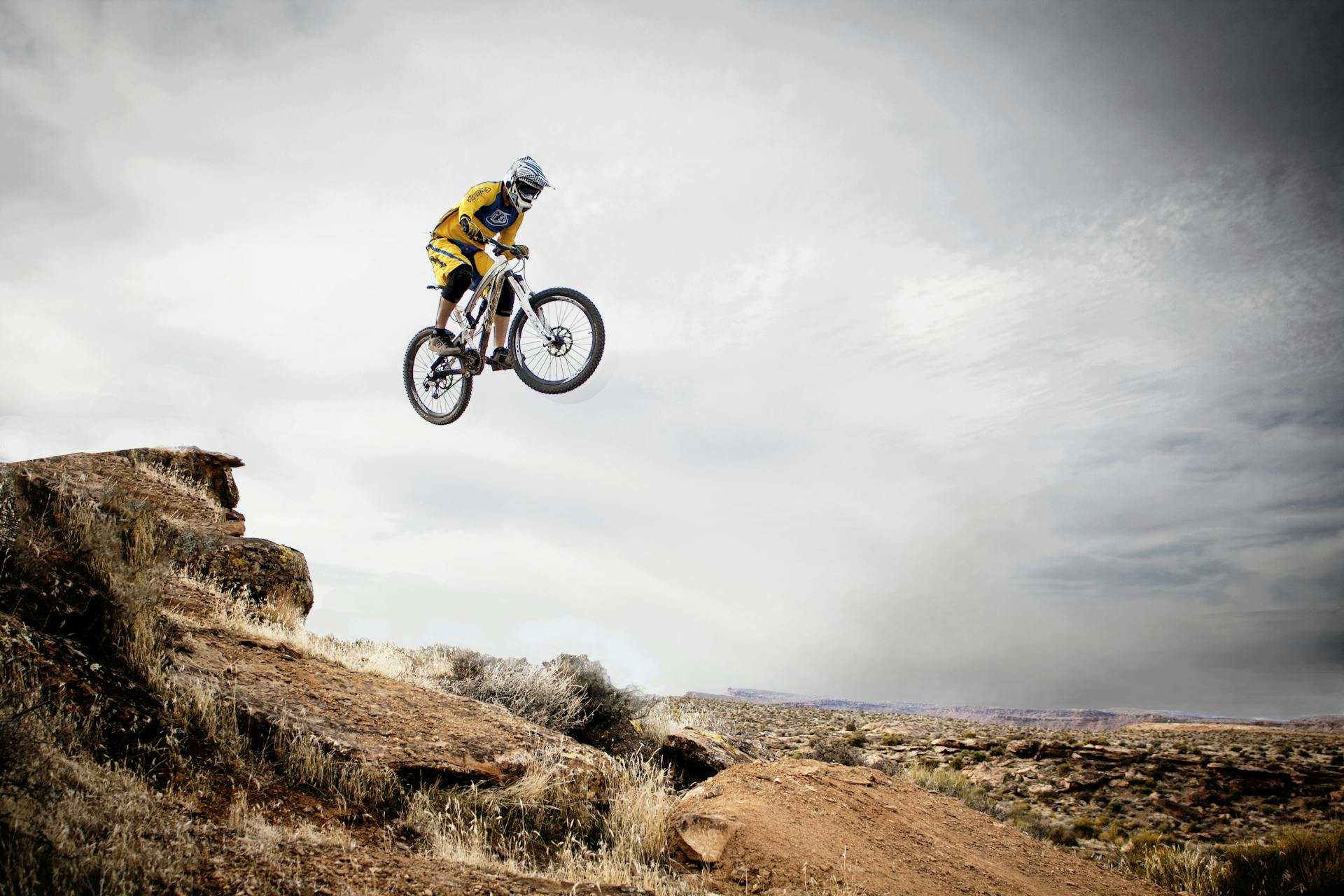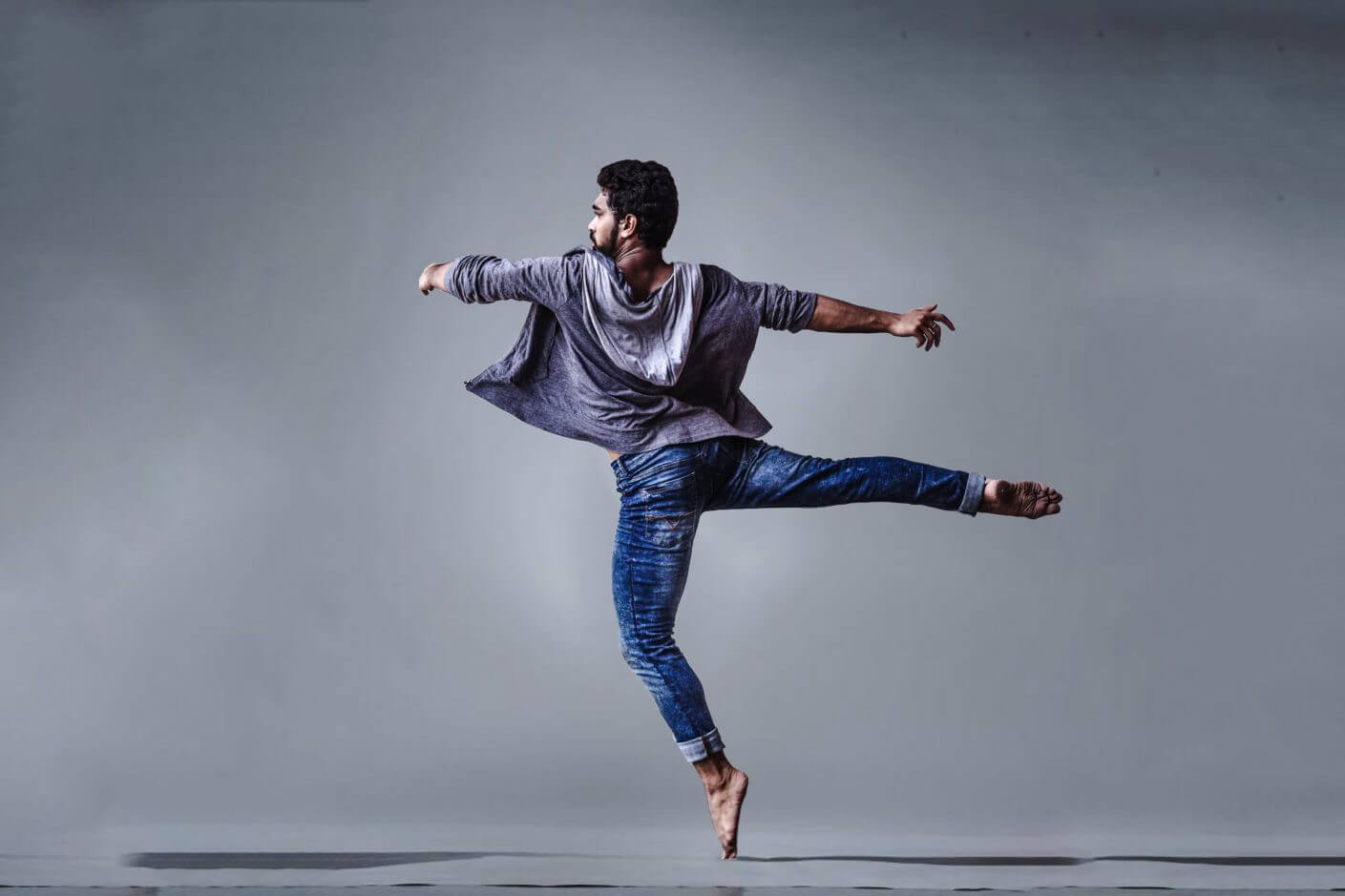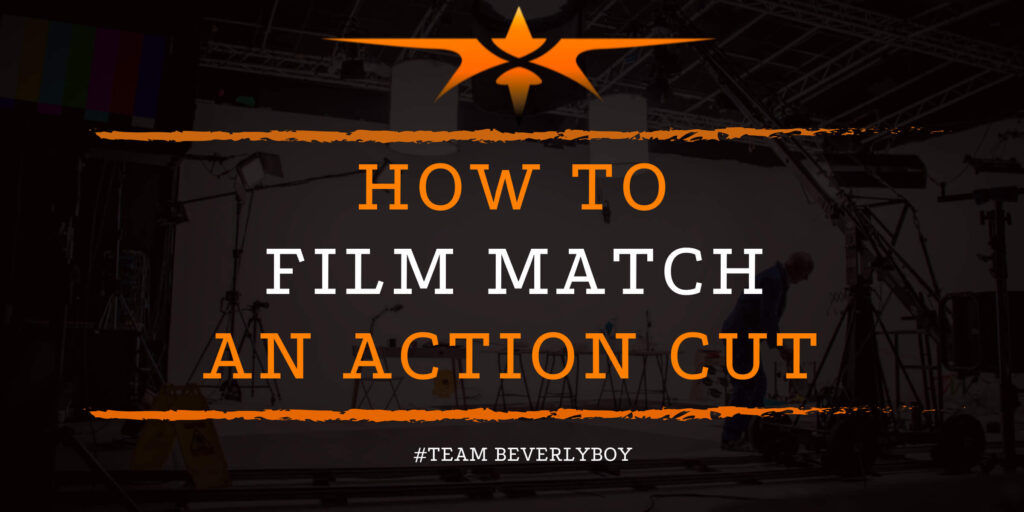How to Film Match an Action Cut
The match cut is a common method of smooth transition from one shot to another or from one scene to another that is sometimes referred to as a standard transition. Learning how to film match an action cut is something that requires a bit of practice. Sometimes referred to as cutting on action, or matching on action, this technique really does an excellent job at helping to hide the cut that takes place resulting in a smooth transition that is hardly noticed by the audience.

How to Cut on Action
Learning how to film match an action cut, or how to cut on action, is certainly a technique that editors must work hard to perfect.
The technique involves changing or cutting the shot just as the action occurs in a way that the audience is least likely to notice the cut because they are heavily focused on the action occurring at the time.
But how does this happen? How can an editor achieve the cut on action? This is achieved in several different possible scenarios or ways. For example, the match cut on action might involve a man that is just throwing a punch as the scene or shot changes.
The audience is so intensely looking for that punch, that they don’t realize the edit when the shot skips to the next element.
In learning how to film match an action cut, the important factor to remember is that as long as the energy from the first shot is matched with the same level of energy in the second shot, your audience will not realize the cut or transition took place and the match cut of seamless transition will be achieved.
Don’t Cut Before or After, Cut ON Action

The idea of learning what it takes to properly know how to film match an action cut is about more than just transitioning, it’s about making sure that the audience understands the behavior taking place in the film and that the editor creates a form of visual continuity in the edit.
In order to limit the audience from recognizing or calling out any potential errors or distractions from the continuity between Shot A and Shot B, the editor will cut on action.
Cutting before action, or cutting after the action, can leave a lot of potential time for the audience to recognize the visual disconnect between the two shots. By cutting on action, the editor has the audience aroused, and their attention is at a peak.
Their attention is 100% on the action that’s taking place, not whatever is going on around the action — and this provides the perfect time for the editor to transition to the next shot with limited impact on continuity.
How to Film Match an Action Cut
Learning how to film match an action cut is all about knowing when to cut. The perfect time to cut is different for every shot and intended purpose. You might cut at the beginning of the action for some shots, at the middle for others, and at the end for some.
This all depends on the level of audience engagement that is anticipated at each stage of the action and depends on what visual information is most interesting and necessary from each shot.
Keep in mind that cutting on action, or matching an action cut, can make your editing better, but it shouldn’t be abused or overused.
All rules and recommendations aside, as you learn how to film match an action cut, you’ll notice that what makes sense for one shot to another, may be totally different from what makes sense the next time around. And that’s okay!


